Optimal Timing for Leaf Blowings
Timing of leaf blowings is crucial for maintaining landscape health and appearance. The optimal time depends on the type of trees, local climate, and specific landscaping goals. Proper scheduling can prevent damage to grass and plants while ensuring a tidy outdoor environment.
Performing leaf blowings early in the fall helps manage initial leaf drop and prevents accumulation that can smother grass and plants.
Mid-fall is ideal for consistent leaf removal, especially before heavy winds and storms cause widespread shedding.
Late fall cleanup prepares the landscape for winter, removing last leaves to prevent mold and disease.
After storms, leaf blowings help clear debris and fallen leaves, reducing potential damage and maintaining safety.
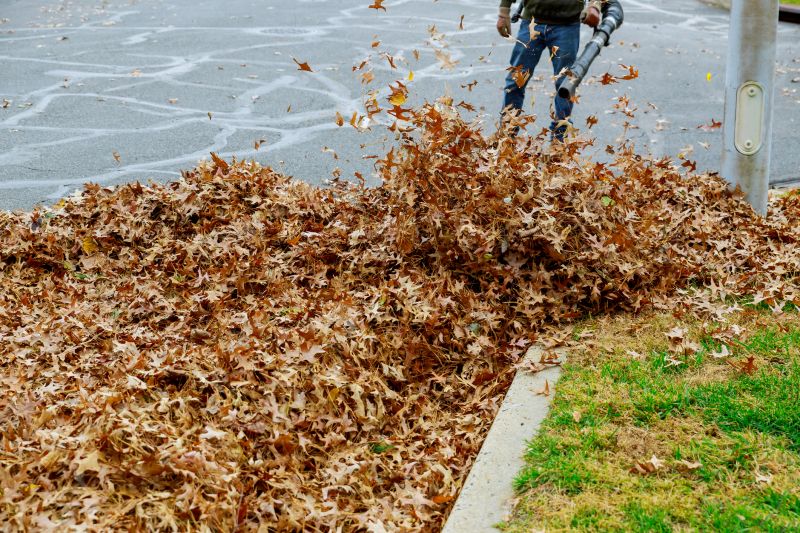
A landscaper using a leaf blower to clear fallen leaves from a lawn.
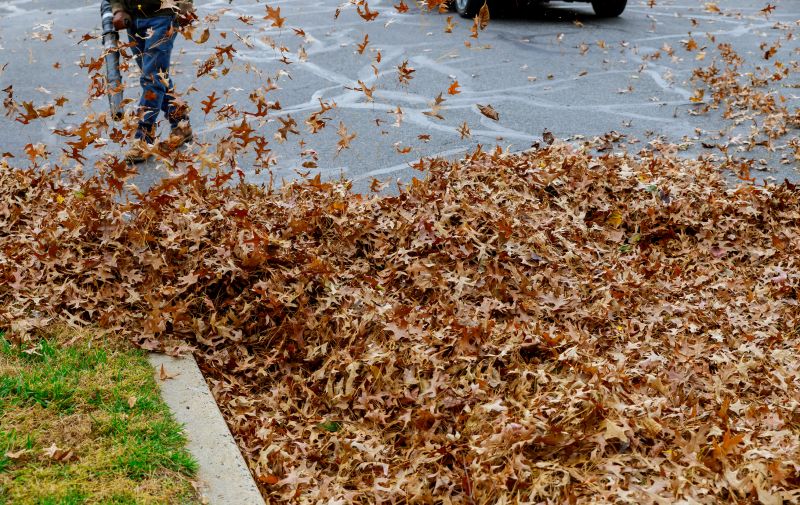
Trees shedding leaves during fall, illustrating the need for timely blowings.
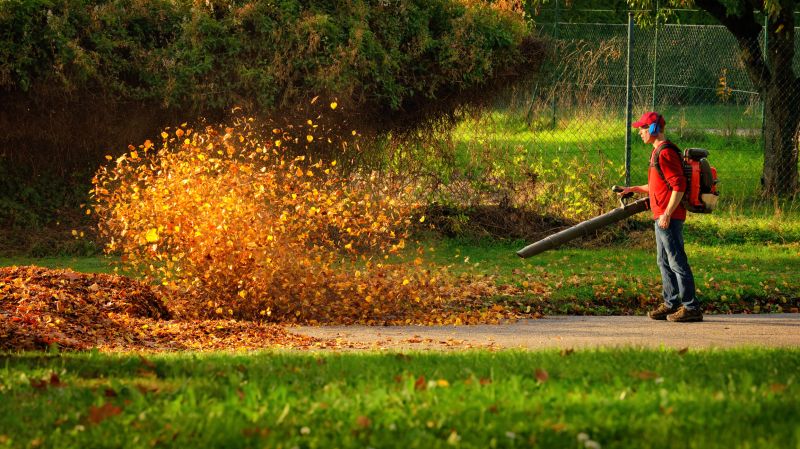
Different types of leaf blowers used for efficient leaf removal.
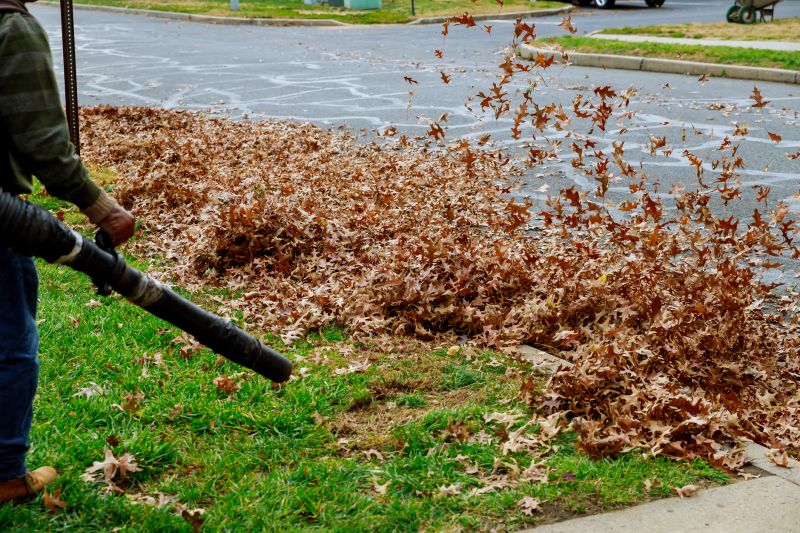
Ways to make Leaf Blowings work in tight or awkward layouts.
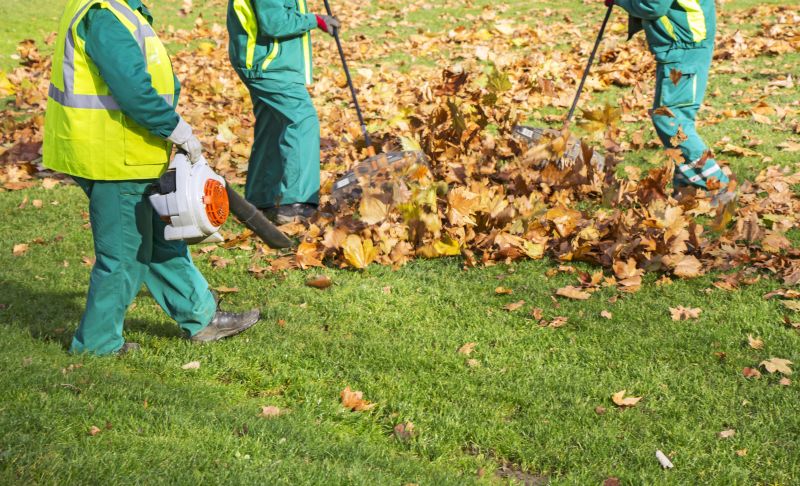
Popular materials for Leaf Blowings and why they hold up over time.

Simple add-ons that improve Leaf Blowings without blowing the budget.
| Season | Recommended Timing |
|---|---|
| Early Fall | Begin leaf blowings as leaves start to fall |
| Mid-Fall | Peak leaf drop, ideal for regular maintenance |
| Late Fall | Final cleanup before winter |
| Post-Storm | Immediately after storms for debris removal |
| Spring | Clear residual winter leaves |
Leaf blowings are an essential part of landscape maintenance, helping to keep outdoor spaces clean and healthy. Regular removal prevents the buildup of leaves, which can lead to mold, disease, and damage to grass and plants. Proper timing ensures that leaf removal is effective and minimizes disruption to the landscape.

A close-up of fallen leaves covering a lawn during autumn.
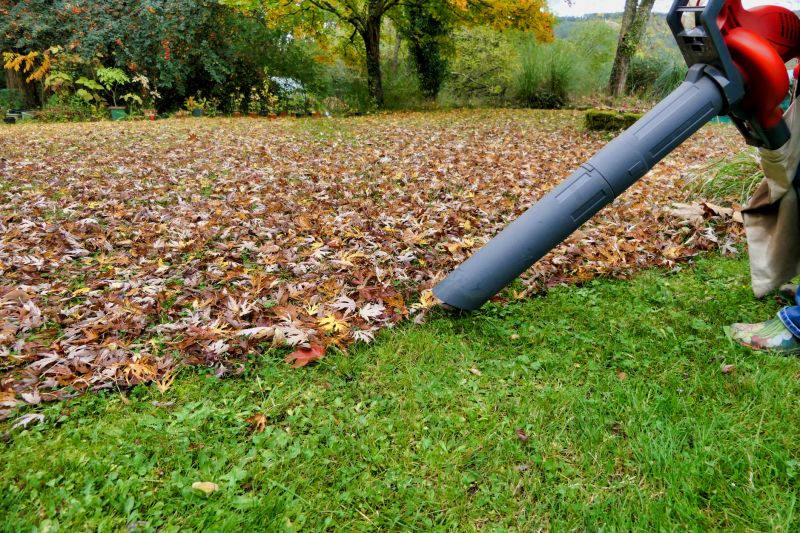
A professional leaf blower ready for use in landscape maintenance.
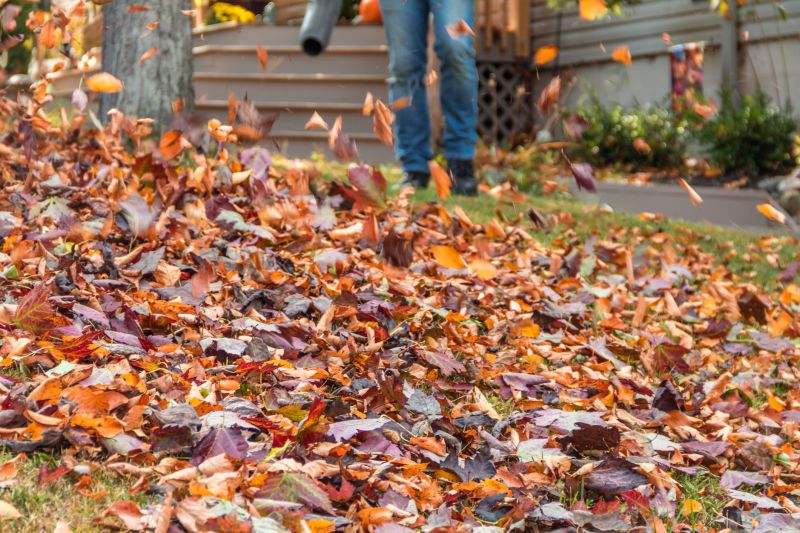
A freshly cleared lawn showing the effectiveness of leaf blowings.

Removing leaves and debris after a storm to maintain safety.
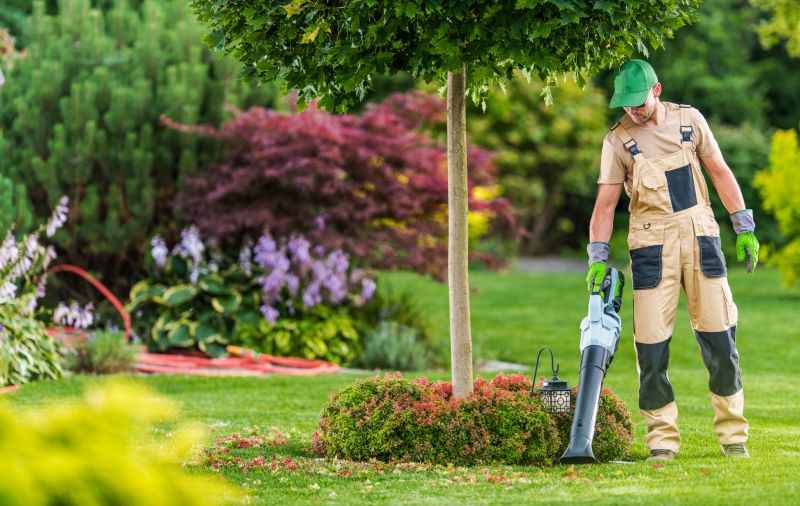
High-end options that actually feel worth it for Leaf Blowings.

Finishes and colors that play nicely with Leaf Blowings.
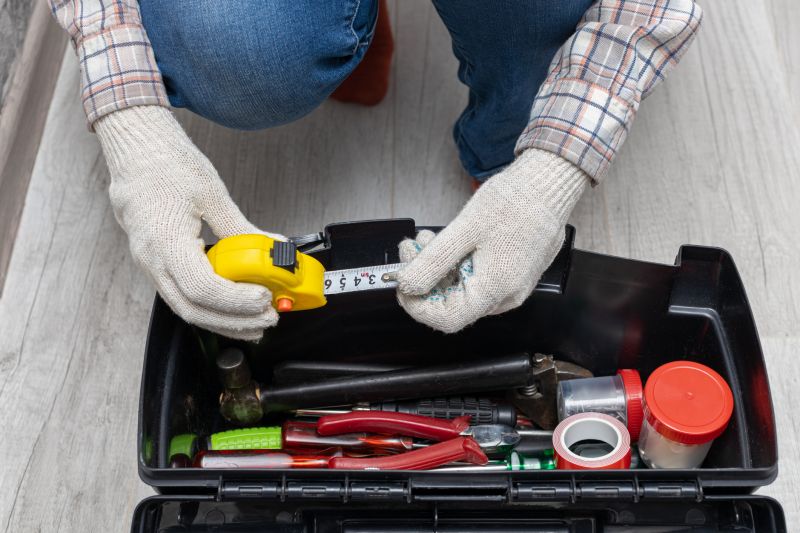
Little measurements that prevent headaches on Leaf Blowings day.
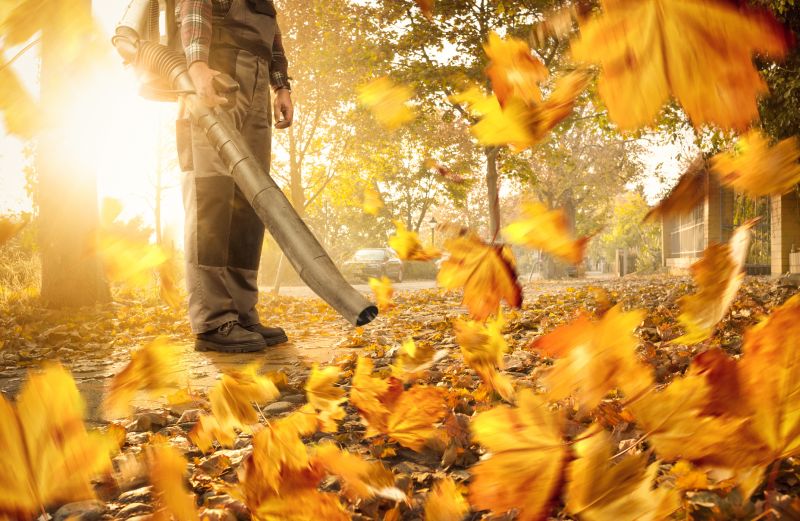
A 60-second routine that keeps Leaf Blowings looking new.
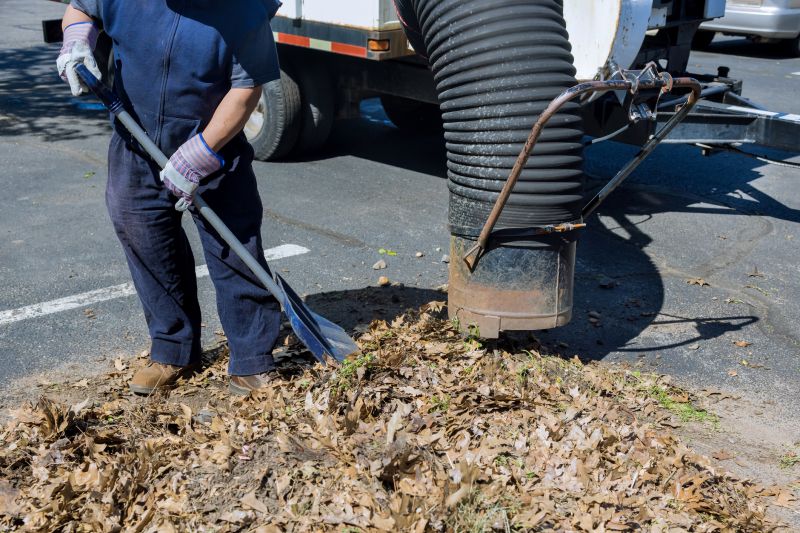
A frequent mistake in Leaf Blowings and how to dodge it.
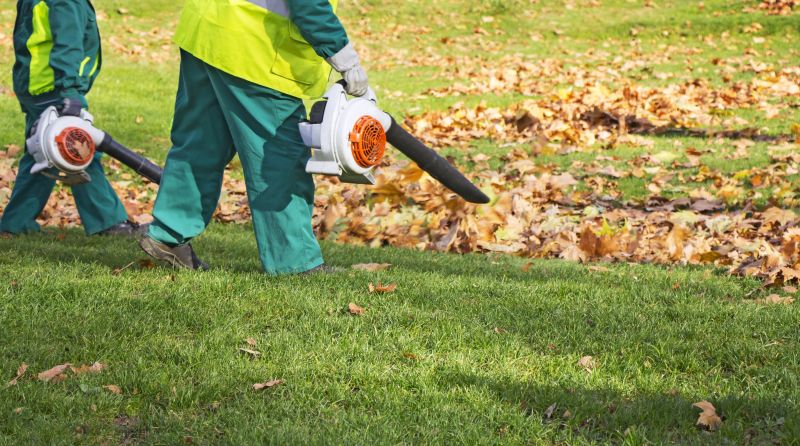
Small tweaks to make Leaf Blowings safer and easier to use.
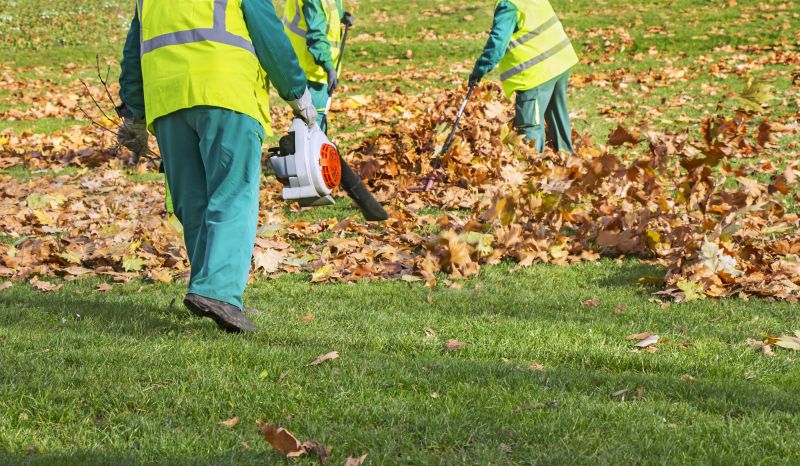
Lower-waste or water-saving choices for Leaf Blowings.
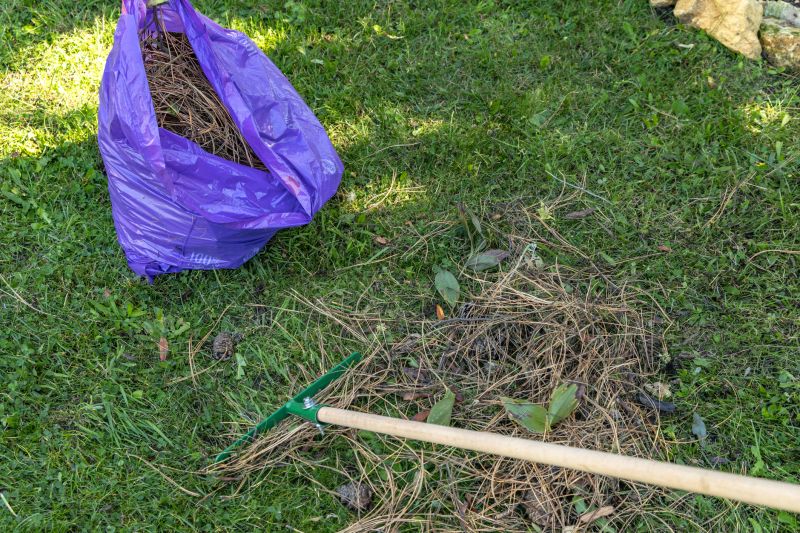
The short, realistic tool list for quality Leaf Blowings.
For those interested in scheduling leaf blowings or learning more about optimal timing and techniques, filling out the contact form can provide tailored information and assistance.



